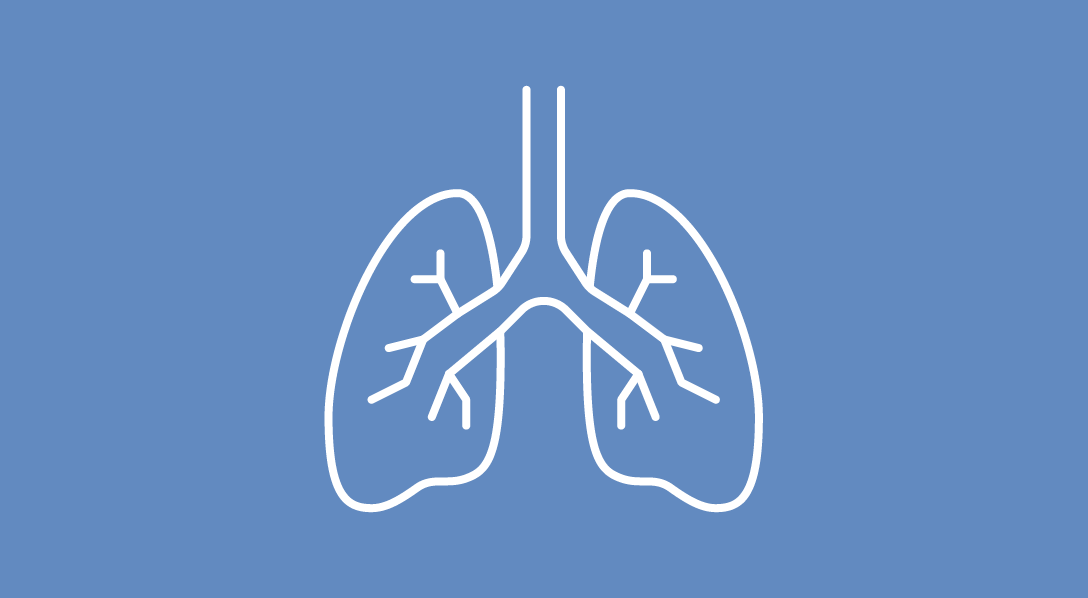Adjuvant Alectinib Gets FDA Priority Review for Early-Stage ALK+ NSCLC
An sNDA seeking approval for alectinib received priority review from the FDA, which, if approved, will be indicated to treat patients with early-stage ALK-positive NSCLC after surgery.
Adjuvant Alectinib Gets FDA Priority Review for Early-Stage ALK+ NSCLC

A supplemental new drug application (sNDA) seeking the approval of alectinib (Alecensa) for treatment after surgery in patients with early-stage ALK-positive non–small cell lung cancer (NSCLC) has been granted priority review by the FDA.1
The sNDA is supported by findings from the phase 3 ALINA study (NCT03456076), in which alectinib (n = 116) significantly improved disease-free survival (DFS) vs chemotherapy (n = 115) in those with stage II to IIIA disease.2 At a median follow-up of 27.8 months for alectinib and 28.4 months for chemotherapy, the median DFS was not yet reached (NR) vs 44.4 months (95% CI, 27.8-not evaluable [NE]), respectively (HR, 0.24; 95% CI, 0.13-0.45; P < .0001). The respective 36-month DFS rates were 88.3% vs 53.3%, respectively.
In the intention-to-treat (ITT) population comprised of patients with stage IB to IIIA disease, the median DFS with alectinib (n = 130) was NR vs 41.3 months (95% CI, 28.5-NE) with chemotherapy (n = 127; HR, 0.24; 95% CI, 0.13-0.43; P < .0001). The respective 36-month DFS rates were 88.7% vs 54.0%, respectively.
Under the Prescription Drug User Fee Act, the regulatory agency is expected to decide on the application by May 22, 2024.1
Patients with resected stage IB to IIIA ALK-positive NSCLC who had an ECOG performance status of 0 or 1 and acceptable end-organ function.2 Patients needed to be eligible for platinum-based chemotherapy and could not have previously received systemic therapy.
Participants (n = 257) were randomly assigned 1:1 to receive alectinib at a twice-daily dose of 600 mg for 2 years or platinum-based chemotherapy every 3 weeks for 4 cycles. Chemotherapy was comprised of cisplatin plus pemetrexed, cisplatin plus vinorelbine, or cisplatin plus gemcitabine. In the case of intolerability, cisplatin could be switched to carboplatin. After experiencing recurrence, they went on to receive further treatments at investigator’s choice.
The primary end point was DFS by investigator assessment and was tested hierarchically. DFS was first examined in those with stage II to IIIA disease followed by in the ITT population of those with stage IB to IIIA disease. Other end points included central nervous system (CNS) DFS, overall survival (OS), and safety.
The median age in the alectinib arm was 54 years vs 57 years in the chemotherapy arm. In the alectinib arm, 58% of patients were female, 65% were never smokers, 55% were Asian, 55% had an ECOG performance status of 0, 53% had stage IIIA disease, 49% had N2 disease, 95% had nonsquamous histology, and 97% underwent lobectomy. In the chemotherapy arm, 54% were male, 55% were never smokers, 56% were Asian, 51% had an ECOG performance status of 0, 55% had stage IIIA disease, 52% had N2 disease, 98% had nonsquamous histology, and 92% underwent lobectomy.
At the data cutoff date of June 26, 2023, the OS data were immature; only 6 events had been reported.
In those with stage IB disease (n = 26), the 2-year DFS rate was 92.3% (95% CI, 77.8%-100.0%) vs 71.6% (95% CI, 44.2%-99.0%) with chemotherapy (HR, 0.21; 95% CI, 0.02-1.84). In those with stage II disease (n = 92), the 2-year DFS rates with alectinib or chemotherapy were 95.6% (95% CI, 89.5%-100.0%) and 66.3% (95% CI, 51.7%-81.0%), respectively (HR, 0.24; 95% CI, 0.24; 95% CI, 0.09-0.65). In those with stage IIIA disease (n = 139), the 2-year DFS rate with alectinib was 92.7% (95% CI, 86.4%-98.9%) vs 60.7% (95% CI, 47.9%-73.5%) with chemotherapy (HR, 0.25; 95% CI, 0.12-0.53).
The hazard ratio for CNS DFS between the alectinib and chemotherapy arms was 0.22 (95% CI, 0.08-0.58). The respective 36-month CNS DFS rates were 95.5% and 79.7%, respectively.
In the alectinib arm, 115 patients did not experience disease recurrence vs 77 patients in the chemotherapy arm. In the alectinib arm, sites of distant recurrence included brain (n = 4), bone (n = 1), and other (n = 1). In the chemotherapy arm, sites of distant recurrence included brain (n = 14), bone (n = 8), adrenal gland (n = 3), lymph node (n = 2), kidney (n = 1), and peritoneum (n = 1).
Moreover, 87% of those in the alectinib arm and 88% of those in the chemotherapy arm received subsequent therapy. In the alectinib arm, 47% of patients received an ALK TKI; 27% received alectinib and 27% received brigatinib (Alunbrig). In the chemotherapy arm, 76% received an ALK TKI, with 59% receiving alectinib, 8% receiving brigatinib, 8% receiving crizotinib (Xalkori), 4% receiving lorlatinib (Lorbrena), and 2% receiving ceritinib. Other subsequent treatments received in the alectinib and chemotherapy arms, respectively, included chemotherapy (40% vs 4%), immunotherapy (7% vs 2%), and other anticancer therapy (7% vs 2%). In the alectinib arm, 33% received radiotherapy and 7% underwent surgery; in the chemotherapy arms, these rates were 18% and 6%, respectively.
The median treatment duration with alectinib was 23.9 months vs 2.1 months with chemotherapy. Adverse effects (AEs) were experienced by 98% of those who received alectinib vs 93% of those given chemotherapy. Grade 3 or 4 AEs occurred in 30% and 31% of patients, respectively, and serious AEs occurred in 13% and 8% of patients, respectively. Treatment-related AEs occurred in 2% and 7% of patients, respectively. In the alectinib arm, AEs led to dose reduction, interruption, or withdrawal for 26%, 27%, and 5%, respectively; in the chemotherapy arms, these respective rates were 10%, 18%, and 13%, respectively.
References
- FDA grants priority review for Alecensa as first ALK inhibitor for early-stage lung cancer. Email correspondence. January 30, 2024. Accessed January 30, 2024.
- Solomon BJ, Ahn JS, Dziadziuszko R, et al. ALINA: efficacy and safety of adjuvant alectinib versus chemotherapy in patient with early-stage ALK+ non-small cell lung cancer (NSCLC). Ann Oncol. 2023;34(suppl 2):S1295-S1296. doi:10.1016/j.annonc.2023.10.051


